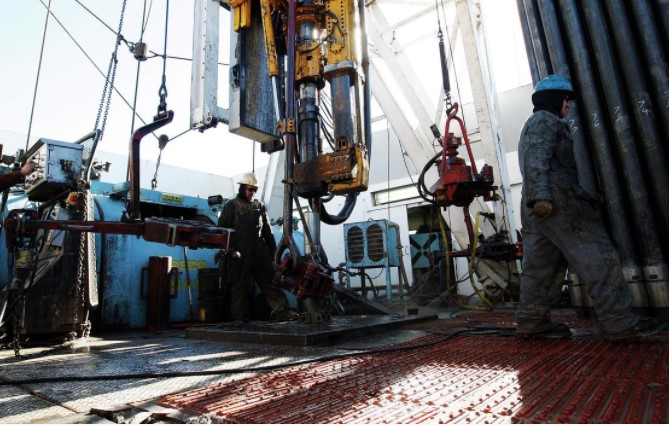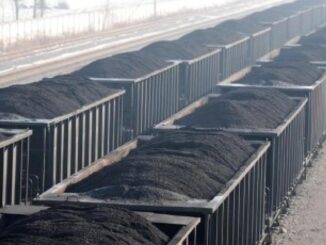
Energy News Beat Publishers Note: It will be interesting to see if the oil and environmental groups could work together.
CHEYENNE (AP) — U.S. officials have approved a 5,000-well oil and gas project spread across a huge expanse of eastern Wyoming that would generate thousands of jobs but has raised concerns over potential harm to to birds of prey and other wildlife.
Five major oil and gas companies proposed the development on more than 2,300 square miles (6,000 square kilometers) of land between Glenrock and Douglas. Drilling would occur year-round over a decade with each well expected to last about 30 years.
Federal officials say the oil and gas field would create more than 8,000 jobs and between $18 billion and $28 billion in revenue.
A previous government study noted that the project calls for exemptions to operate in sage grouse habitat and drill in areas where raptors such as hawks and owls nest. Of the 53,000 acres (2,1448 million hectares) directly disturbed for pipelines, roads and pads, about 21,000 acres (8,500 hectares) may be disturbed for the full life of the project, the study found.
The Bureau of Land Management manages most of the underground mineral rights in the area, but about 90 percent of the land is privately or state owned. Only about 6 percent of the project’s 1,500 well pads will be built on bureau land.
Anadarko Resources, Chesapeake Energy, EOG Resources, SM Energy and Devon Energy are the partners on the proposal first made in 2014, when oil prices were much higher than they have been in 2020.
Republican elected officials in the state welcomed the federal approval, which comes on the heels of a major decline in natural resources that has strained Wyoming fiscally.
“It sets the framework for hundreds of jobs for Wyoming and ensures proper safeguards for the protection of our wildlife,” Wyoming Gov. Mark Gordon said in a statement.
Opponents said more than 10,000 acres (16 square miles) in areas designated for sage grouse protections are now authorized for development.
Environmentalist Erik Molvar the Western Watersheds Project said the government approval amounts to a “blank check” that will allow the oil industry to keep extracting fuels for decades at levels incompatible with long-term survival of sage grouse.
He said the administration of President-elect Joe Biden could impose stronger protections for sage grouse around drill sites, but that any attempt to reverse Wednesday’s approval of the development plan could take years to accomplish.




1 Trackback / Pingback
Comments are closed.